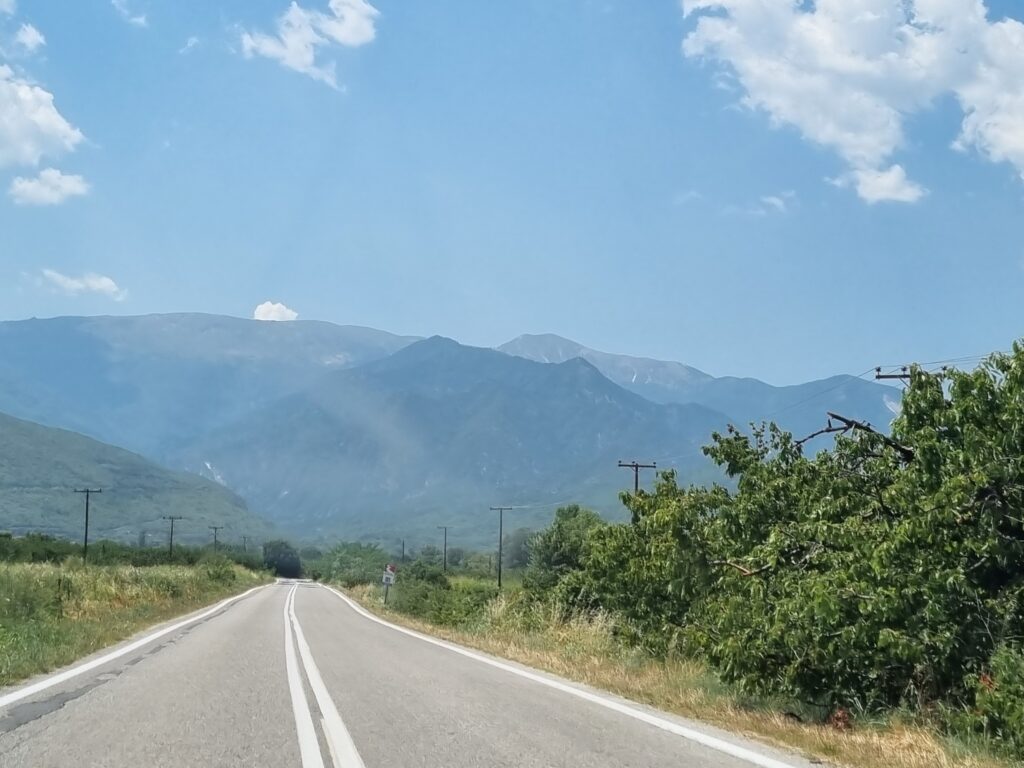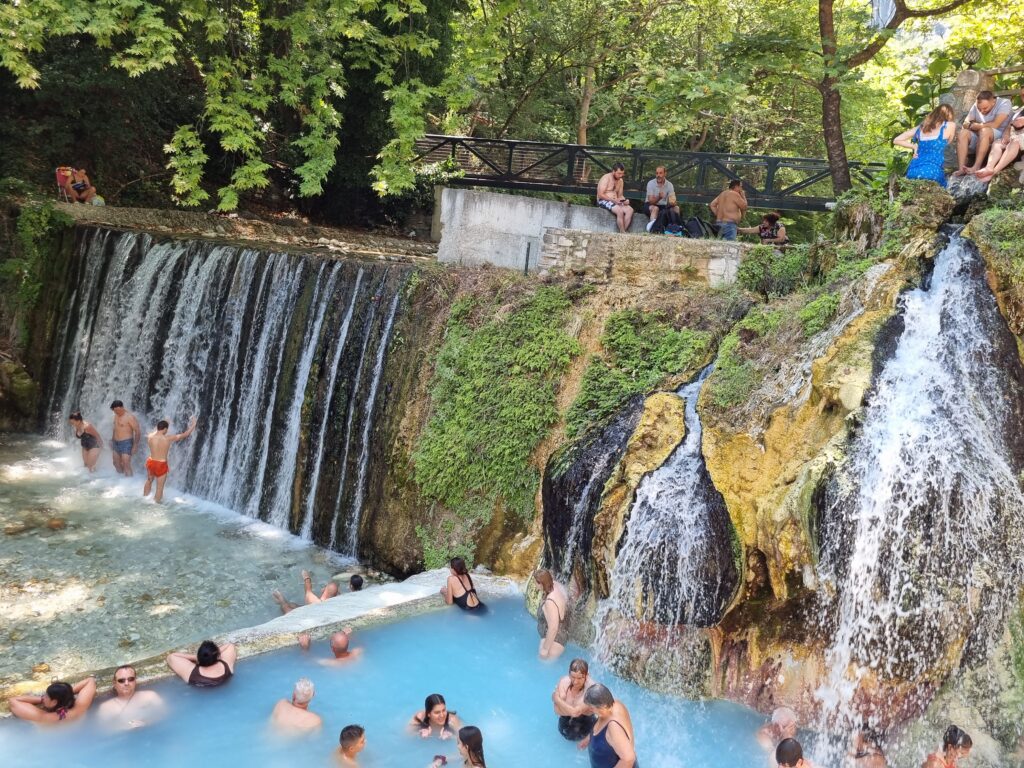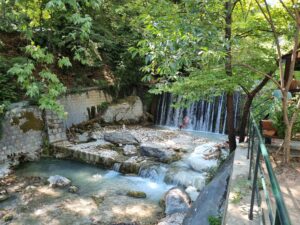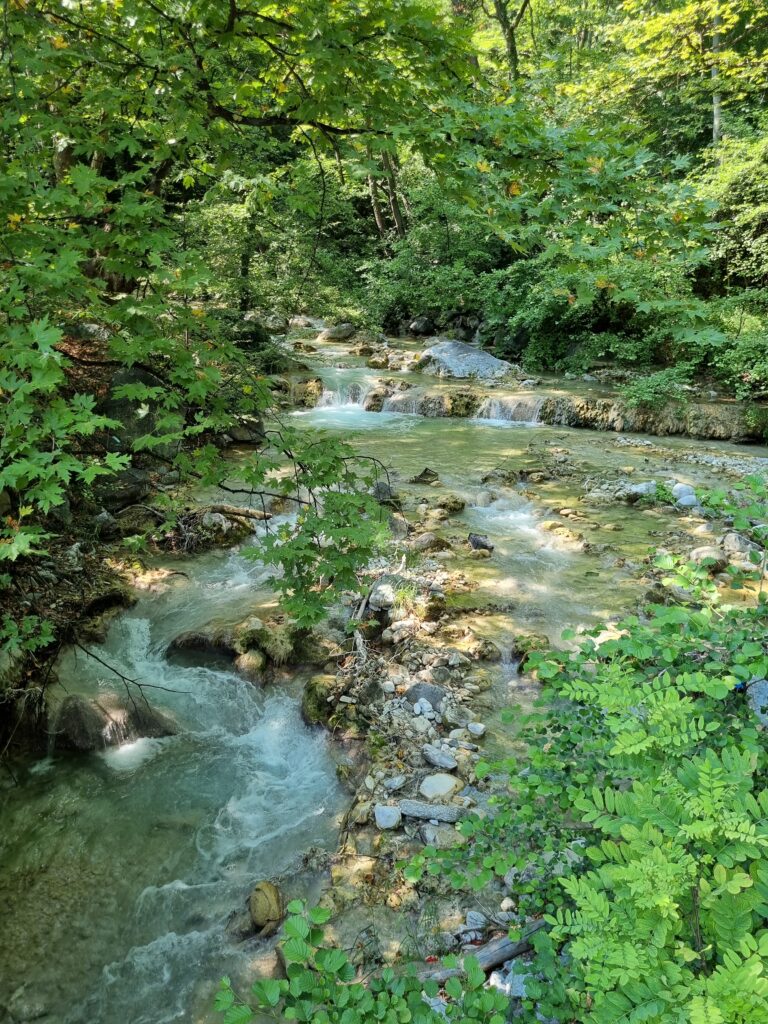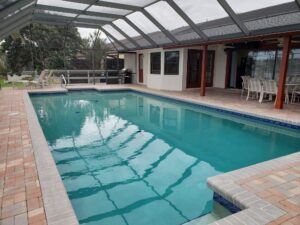TRAVEL TO SERBIA THEN GREECE

IMAGE BY BILLIE LEKICH
ARTICLE AND IMAGES BY BILLIE LEKICH
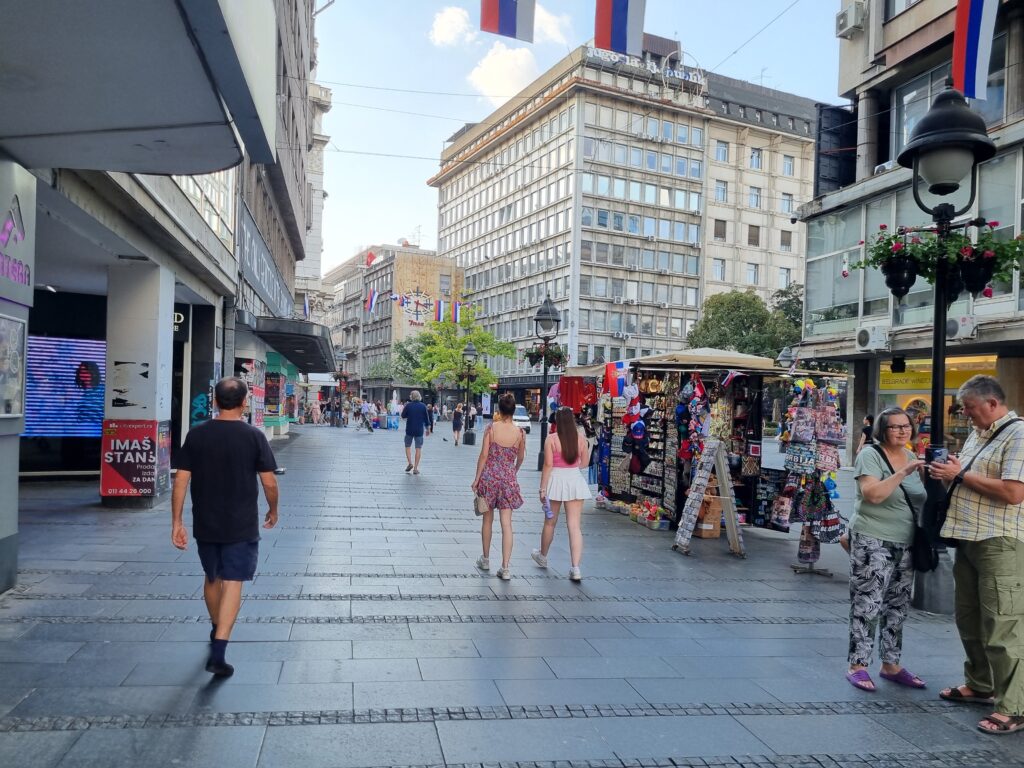
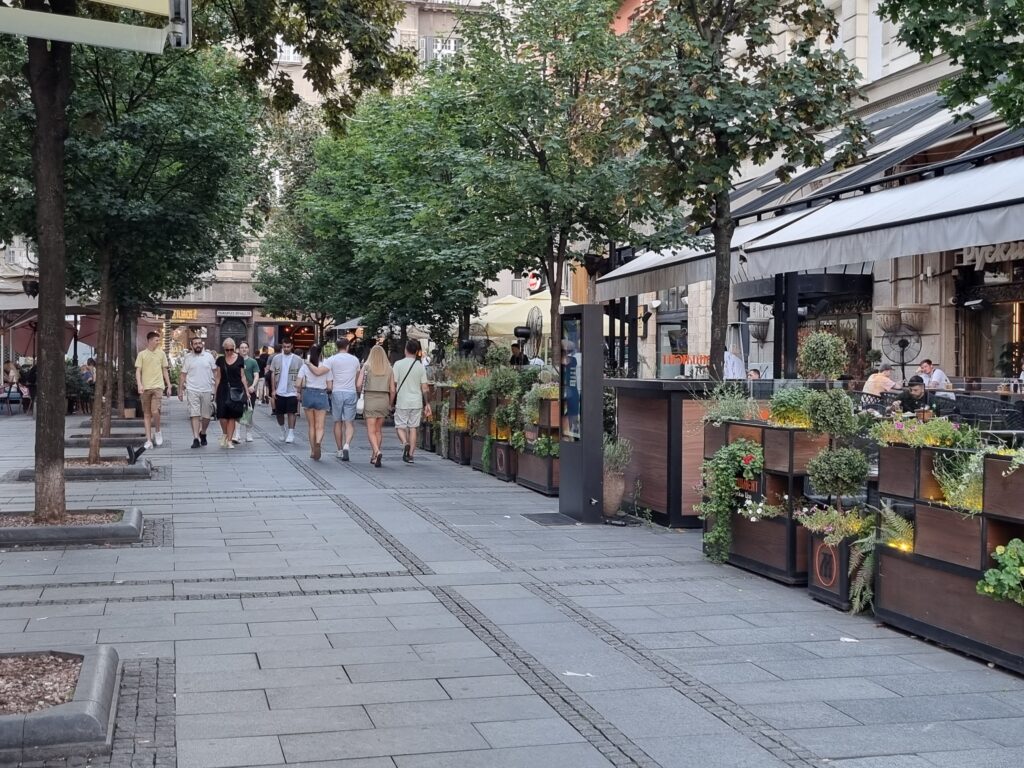
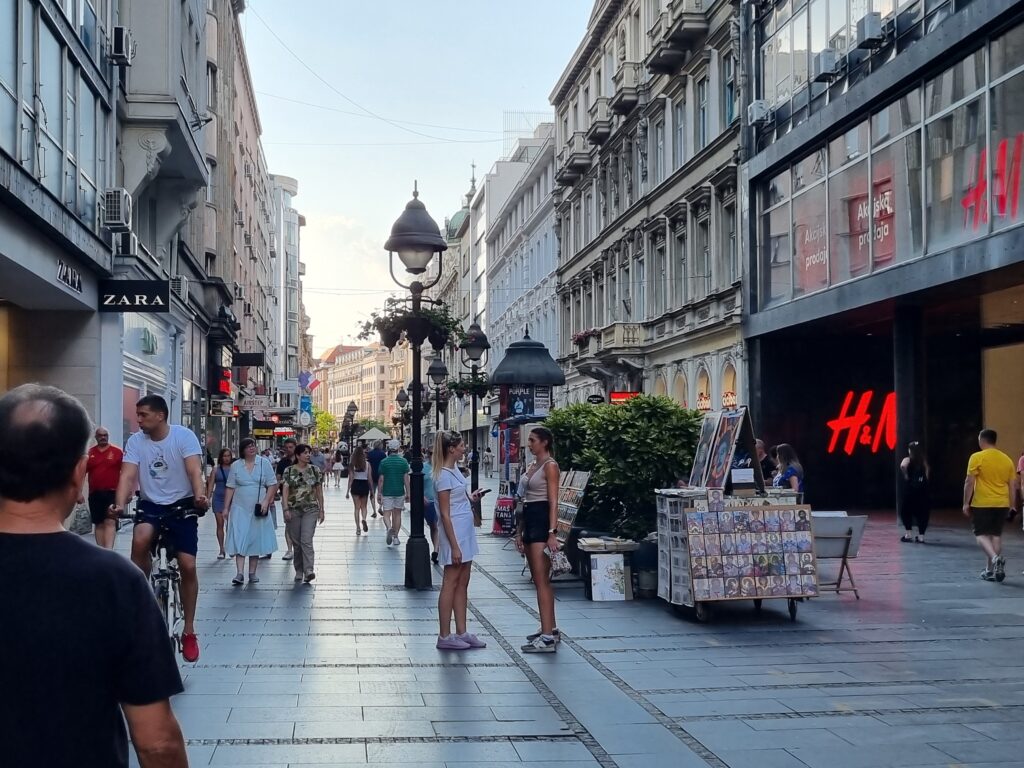
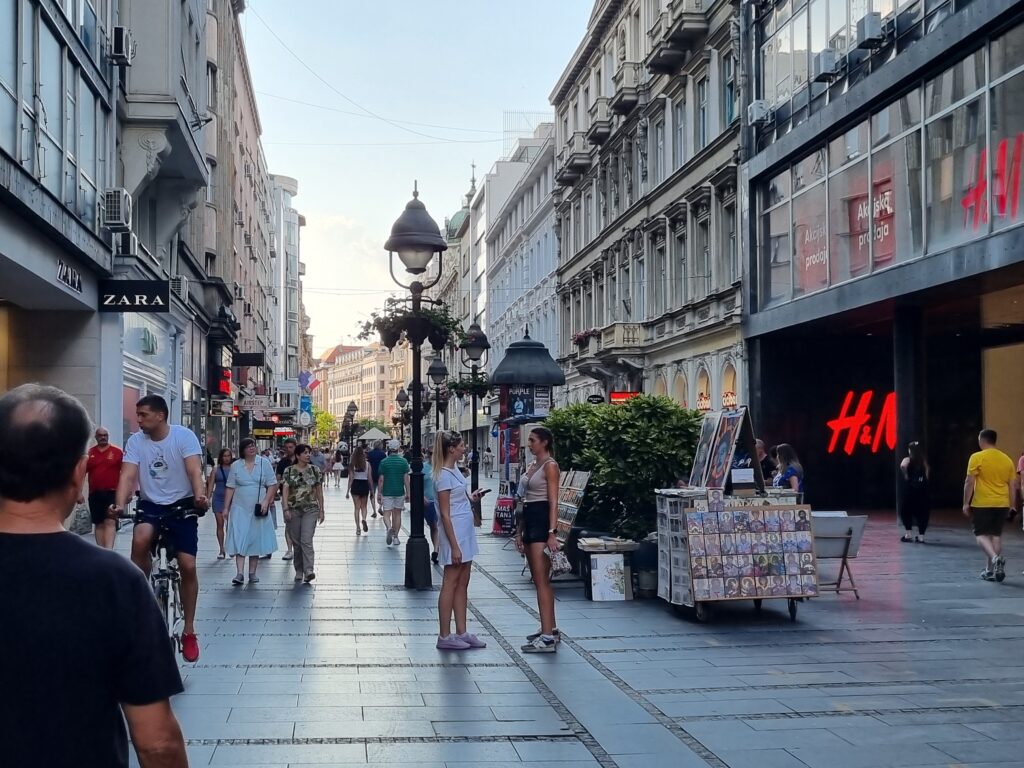
My husband and I recently travelled to our home country Serbia. We first made a visit to Austria to see our relatives and then continued our trip to Belgrade, Serbia.
Upon our arrival in Belgrade, Serbia, we were eager to explore the city’s famous streets, each promising a unique glimpse into its past and present. We walked the vibrant pedestrian boulevard called “Knez Mihailova”, which pulsed with life in the heart of the city.
The street, named after Prince Mihailo Obrenovic, was lined with grandiose buildings from the 19th century, showcasing exquisite examples of Art Nouveau and Neo-Renaissance architecture.
Street performers played lively tunes, and the aroma of freshly brewed coffee wafted from charming cafes. As we strolled along, we were captivated by the mix of history and modernity.
Thereafter, we went for a walk to the majestic “Kalemegdan”, a historic fortress and park complex that serves as a symbol of the city’s resilience and strategic importance.
Located at the heart of Belgrade, Kalemegdan’s history dates back to the Celtic era in the 3rd century BC, when the Scordisci tribe established a fortified settlement.
This site was later developed by the Romans, who built the formidable Singidunum fortress. The fortress’s current structure primarily dates back to the period of Ottoman and Austrian rule, featuring impressive defensive walls, gates and towers. We explored various sections, such as the Upper and Lower Towns, which house remnants of medieval fortifications, baroque gates and military installations.
Beyond its military significance, Kalemegdan is also a cultural and recreational hub. The sprawling park that surrounds the fortress offers serene pathways, shaded areas and stunning panoramic views of the rivers.
The park includes the historical monuments, museums and art galleries, the Military Museum and the Belgrade Zoo. Serbia’s history and the story of Kalemegdan are intricately intertwined, reflecting the resilience and cultural richness of this Balkan nation.
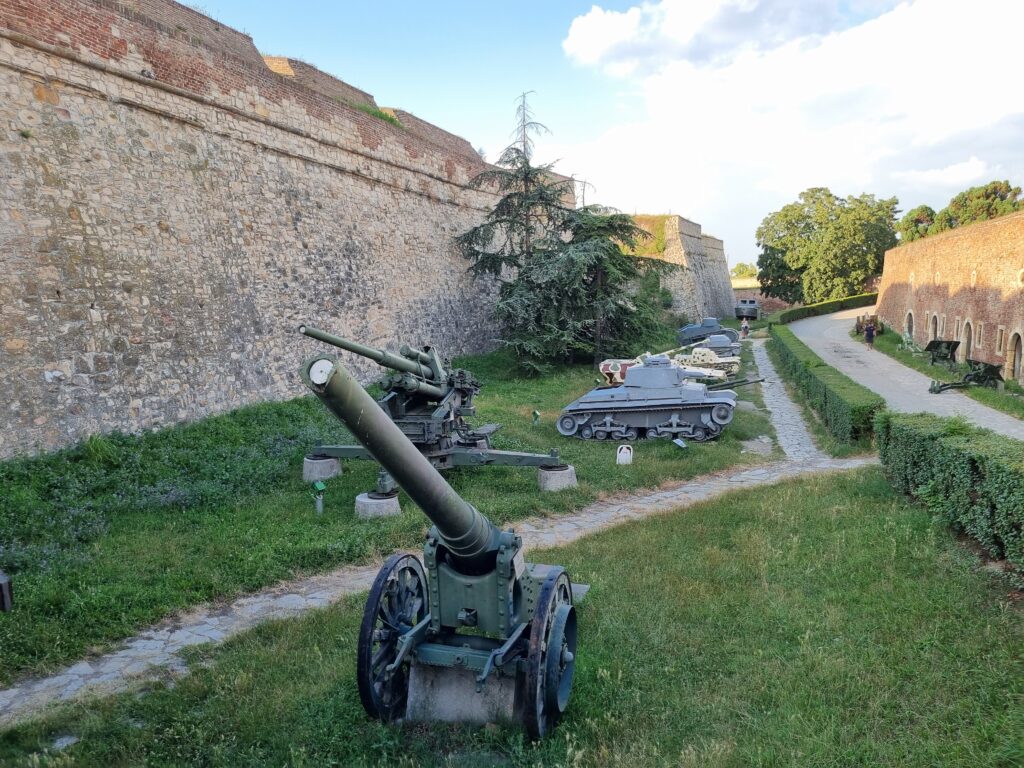
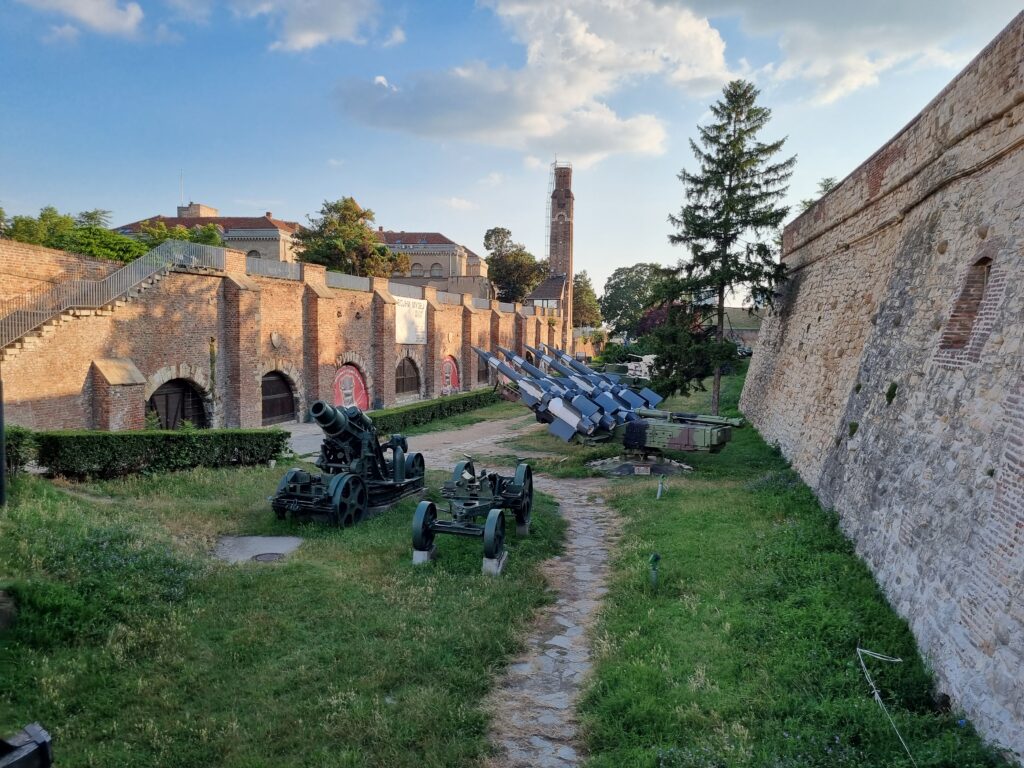
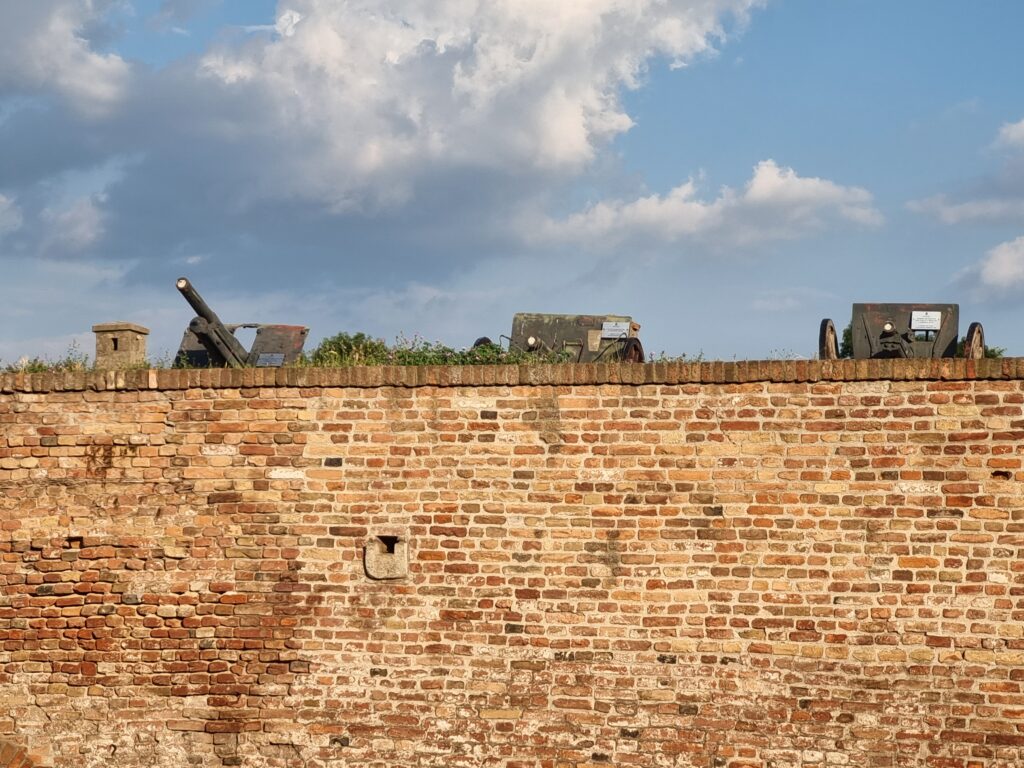
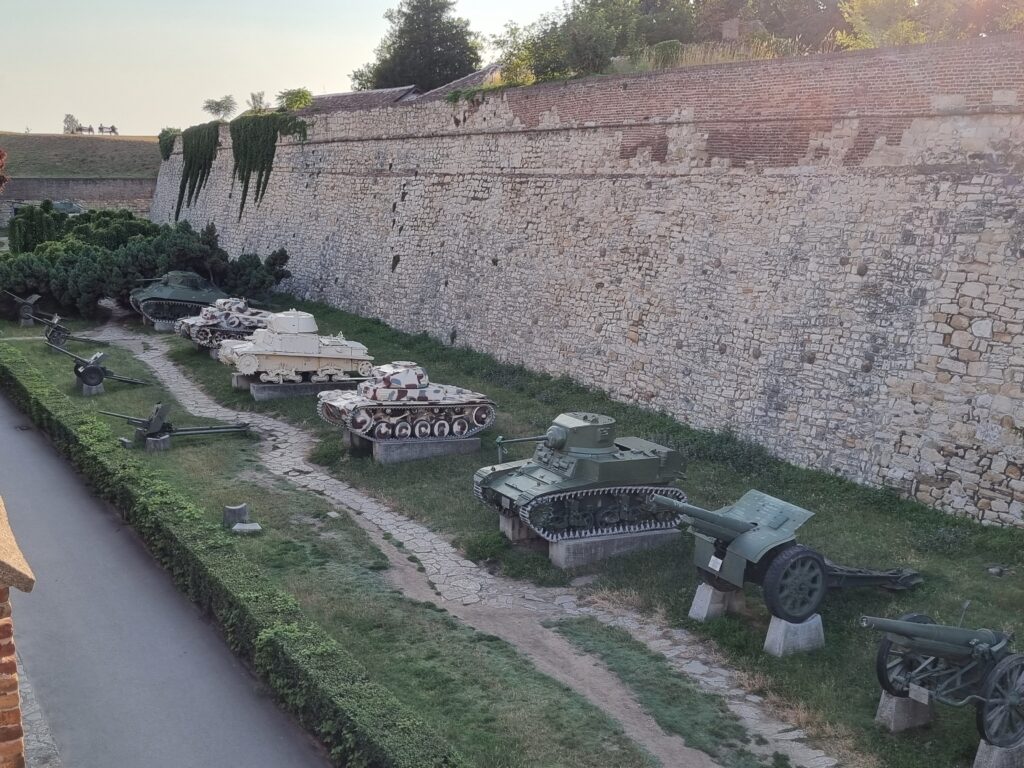
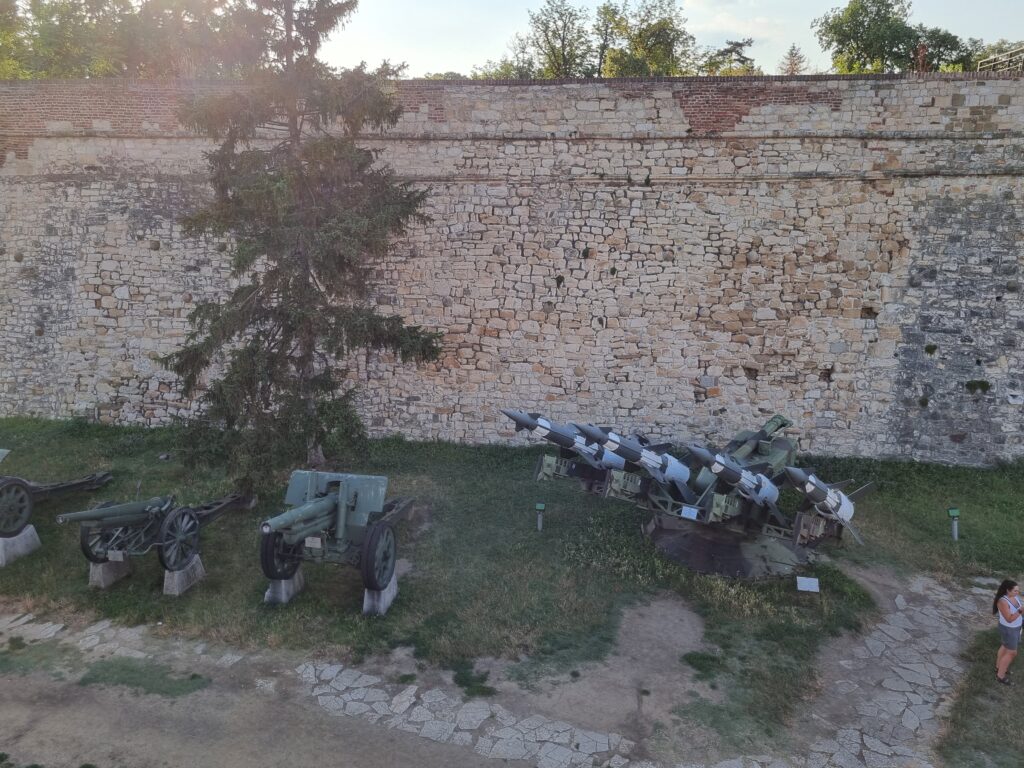
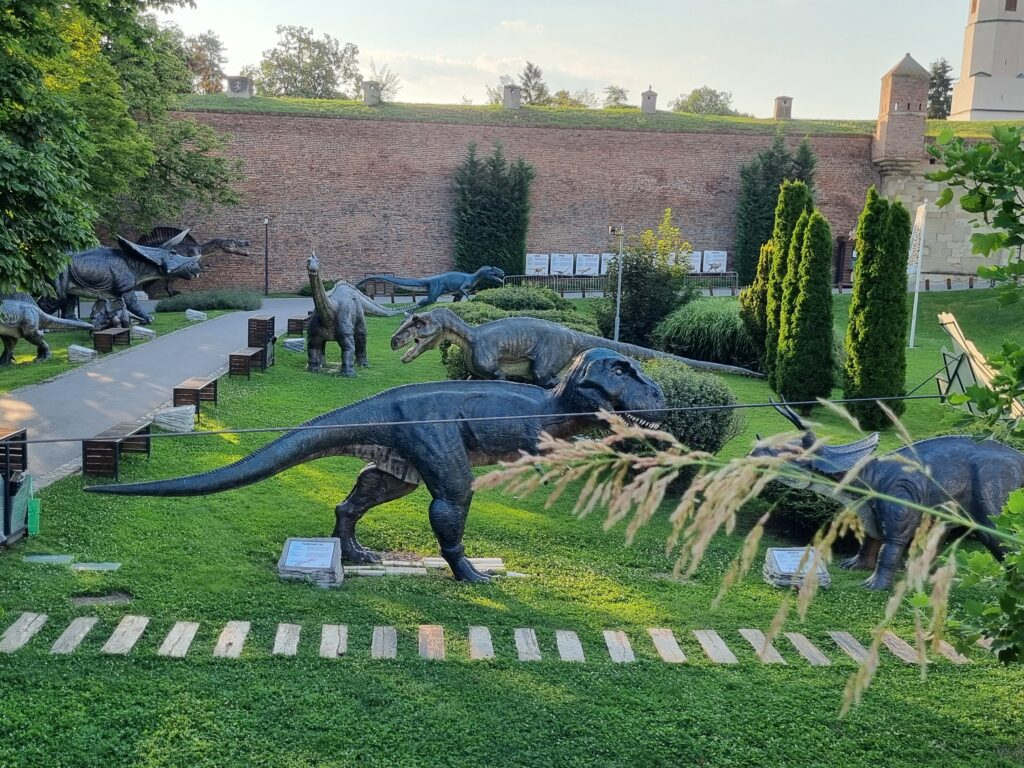
The Serbian countryside is dotted with picturesque villages that have preserved their traditional charm. The agricultural heritage and village life are vital components of its national identity. The resilience and adaptability of Serbian farmers (which includes my cousin Miladin, who lives in a village called “Basaid”) have sustained the countryside through centuries of change.
Village life revolves around agricultural activities and seasonal rhythms. Family farms, known as “domacinstvo,” are the heart of rural communities. These farms are largely self-sufficient, producing a variety of crops (e.g., corn, wheat, sunflower seeds, etc.), livestock, and dairy products.
Agriculture has been the backbone of Serbian society for millennia, deeply intertwined with its history and culture. The fertile plains of the Pannonian Basin and the rolling hills and valleys have long provided an ideal environment for farming.
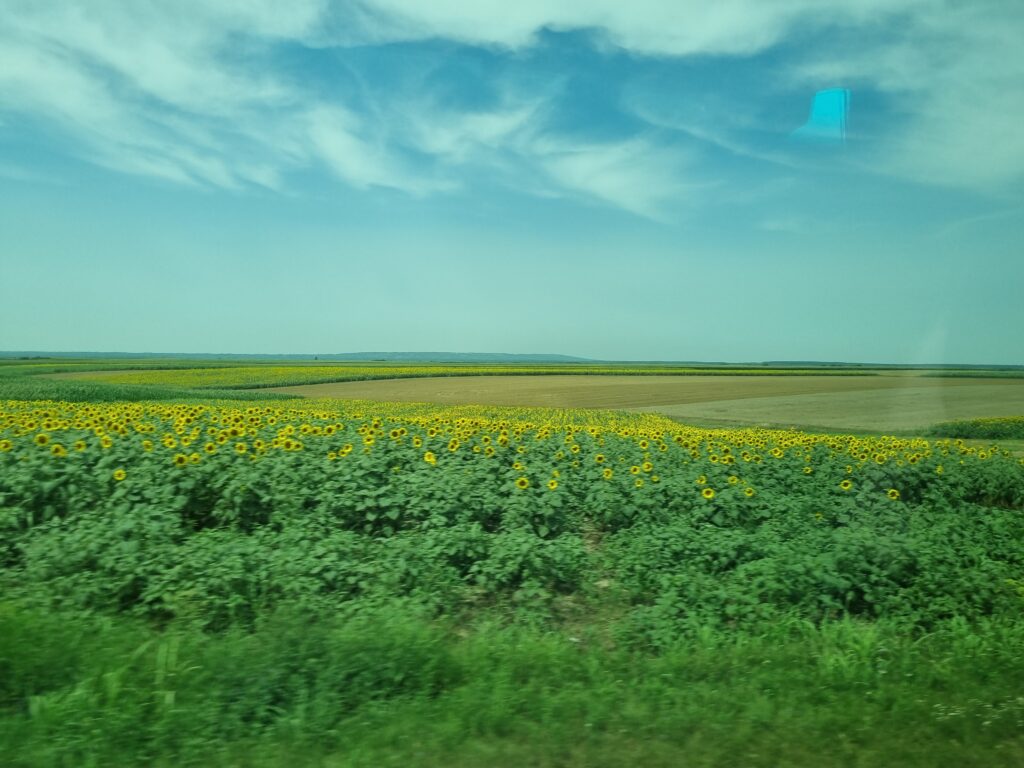
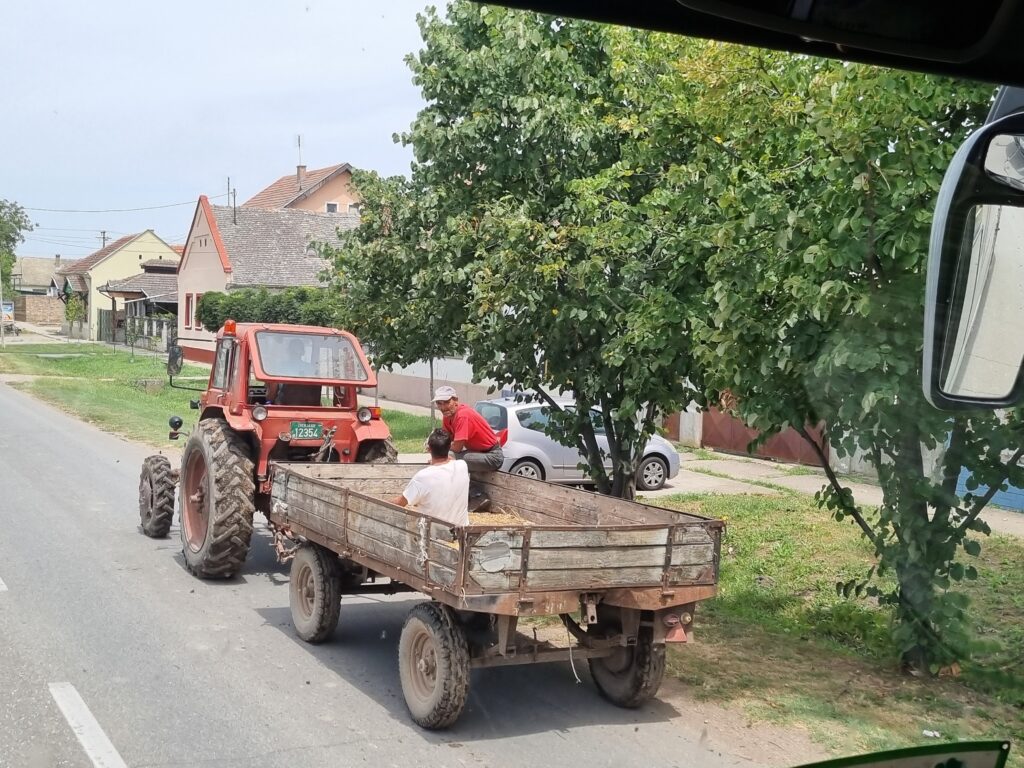
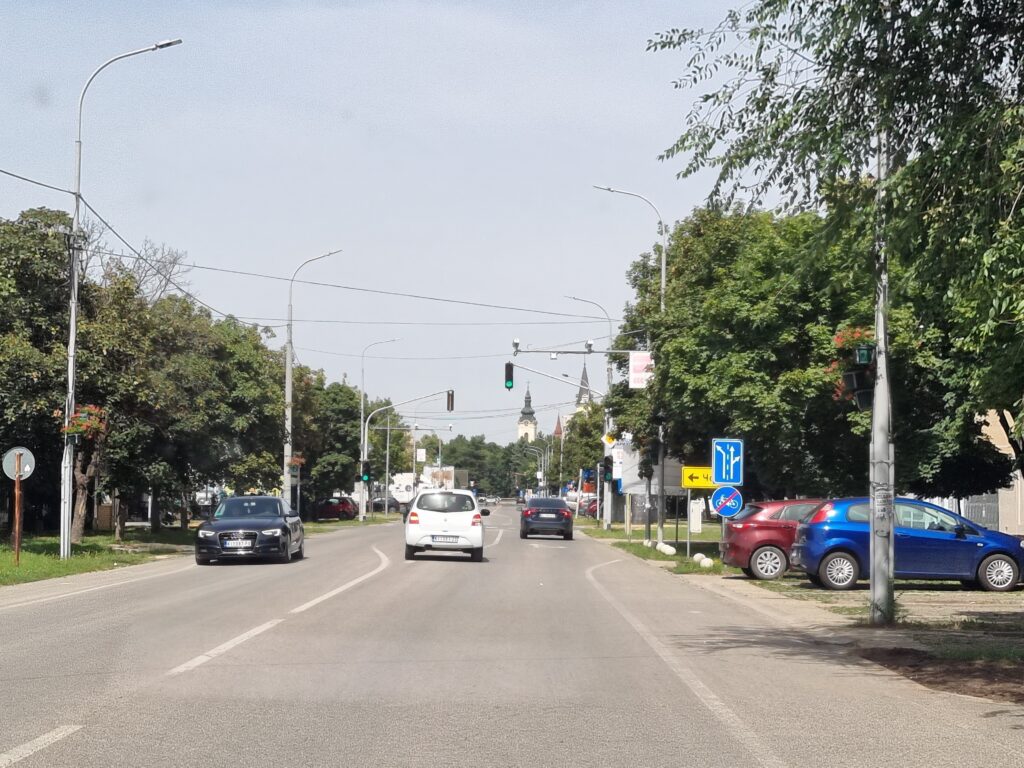
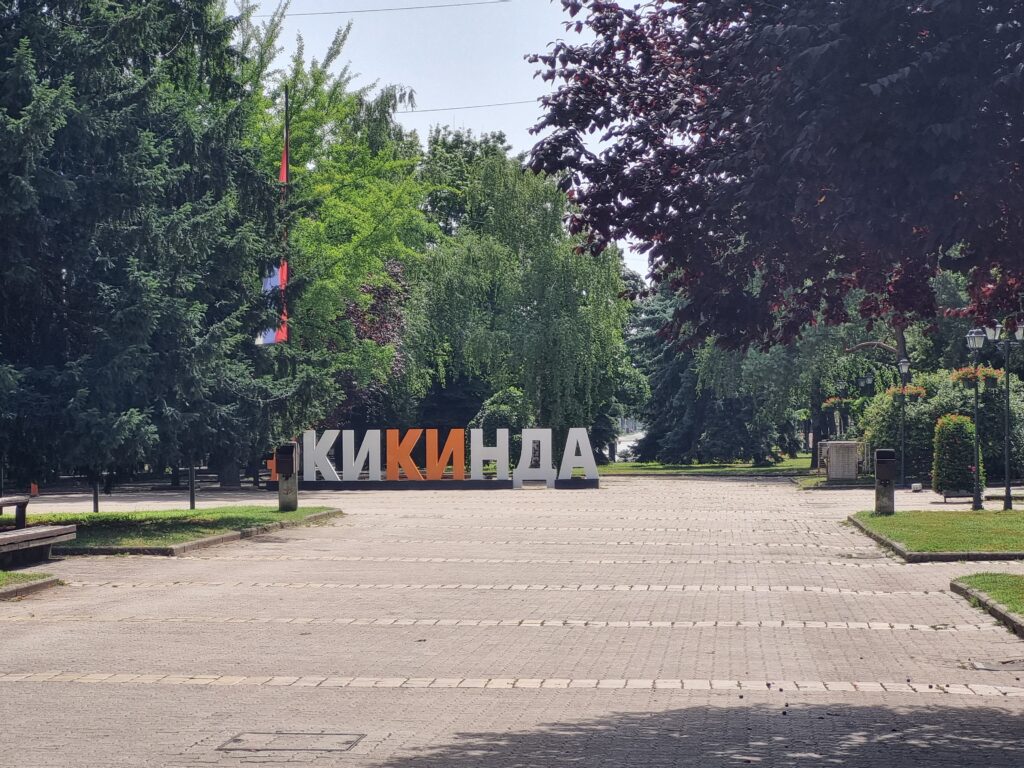
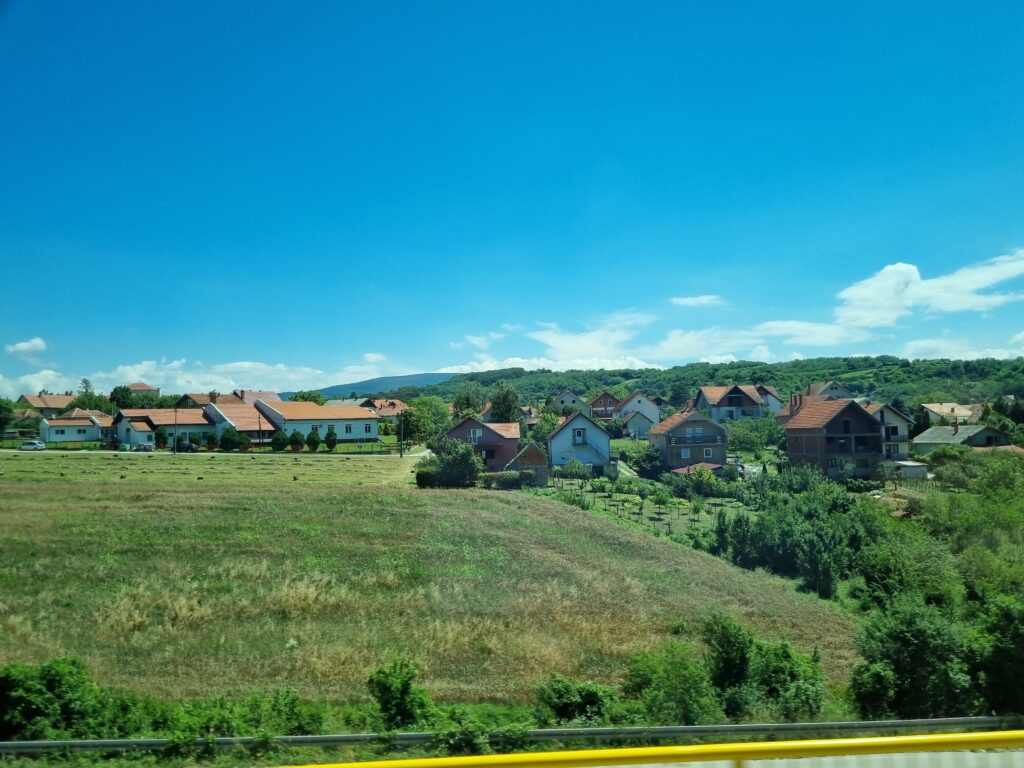
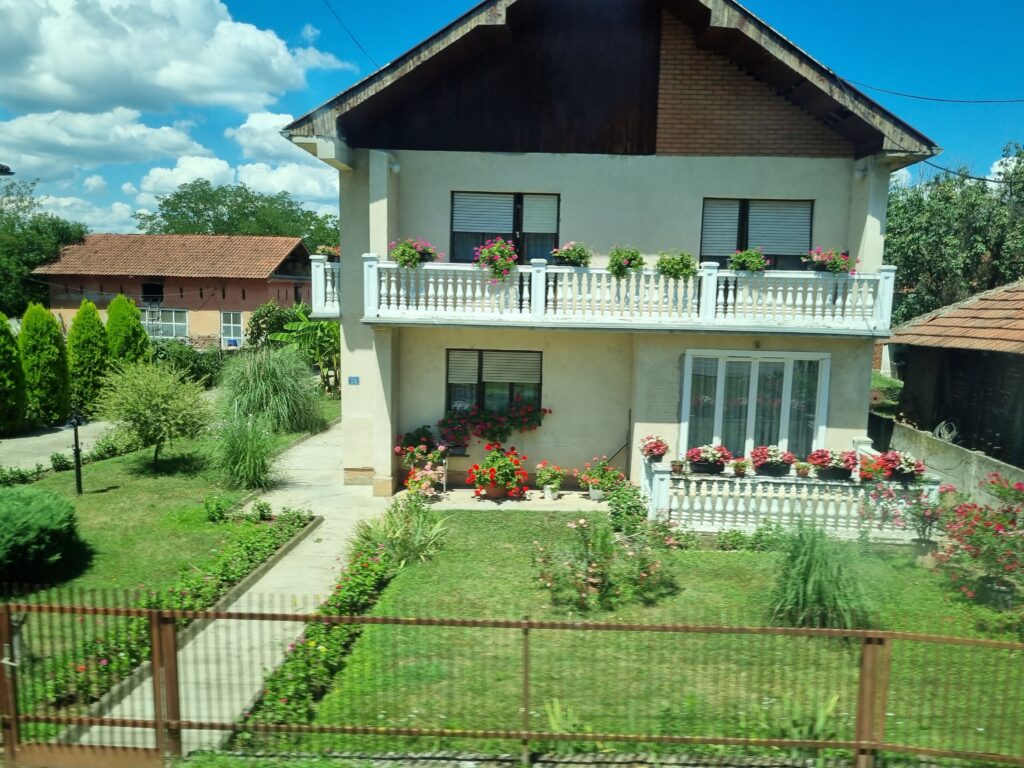
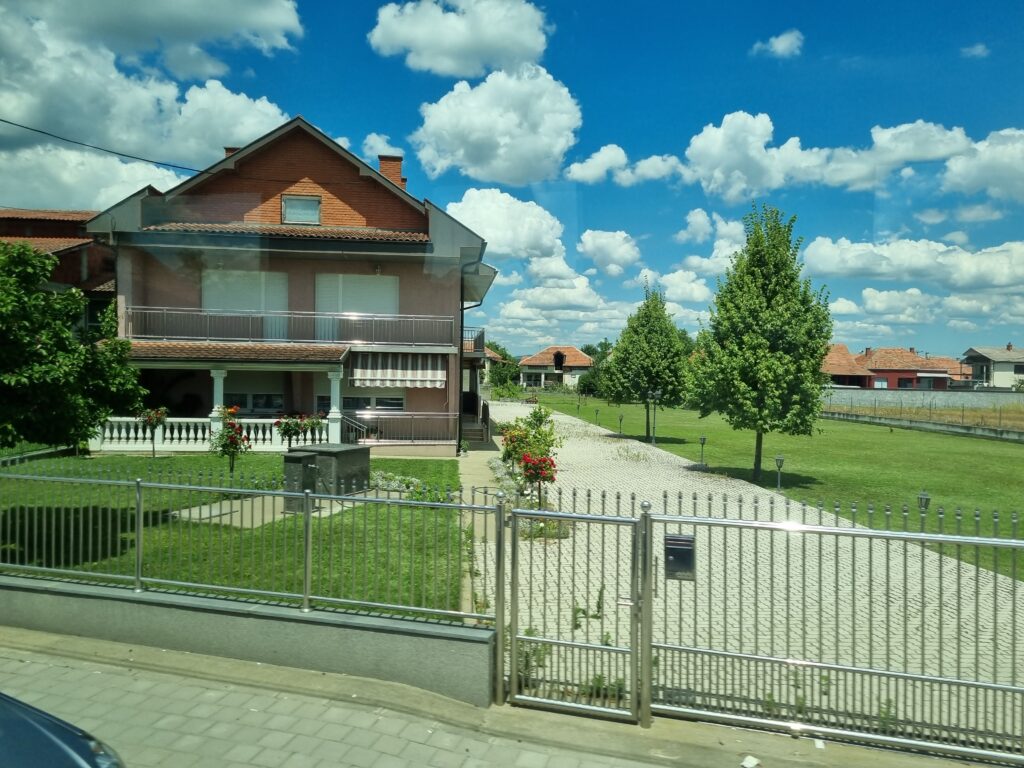
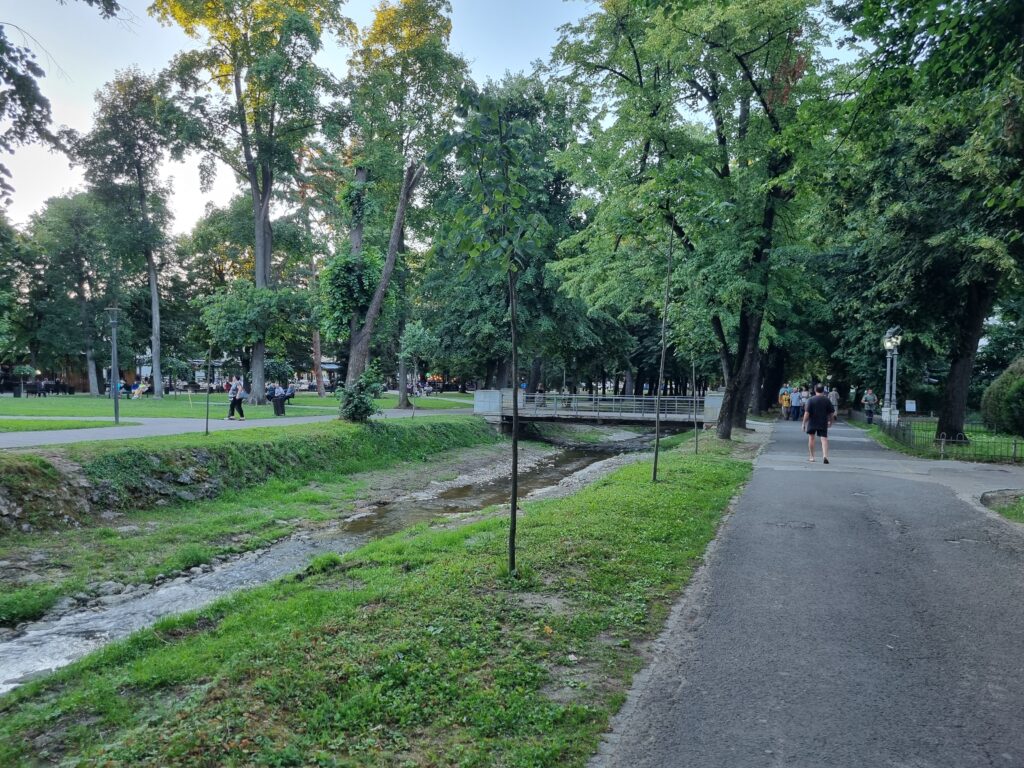

We continued our travel to Thessaloniki, Greece, to explore this vibrant Greek city and the hidden treasures of its surrounding countryside, for the first time. Walking along the bustling streets of the city, we marveled at the blend of ancient ruins and contemporary cafes.
Nearby, the Arch of Galerius, adorned with intricate carvings depicting the victories of Emperor Galerius, reminded us of the city’s significance in Roman times. As we continued exploring, we reached the iconic White Tower on the waterfront. Built in the 15th century by the Ottomans, the tower had served variously as a fortress, garrison and prison. Now a museum, it offers panoramic views of the city and the Thermaic Gulf from its top.
The panoramic view of Thessaloniki’s skyline, with its mix of Byzantine, Ottoman and modern architecture, was breathtaking. The city was a living museum, where every building told a story of conquest, resilience and cultural fusion. The city’s true spirit lay in its ability to embrace the old and the new, creating a vibrant and dynamic urban landscape. We were pleased to have had the opportunity to explore such a remarkable place, where every corner held a piece of history waiting to be discovered.
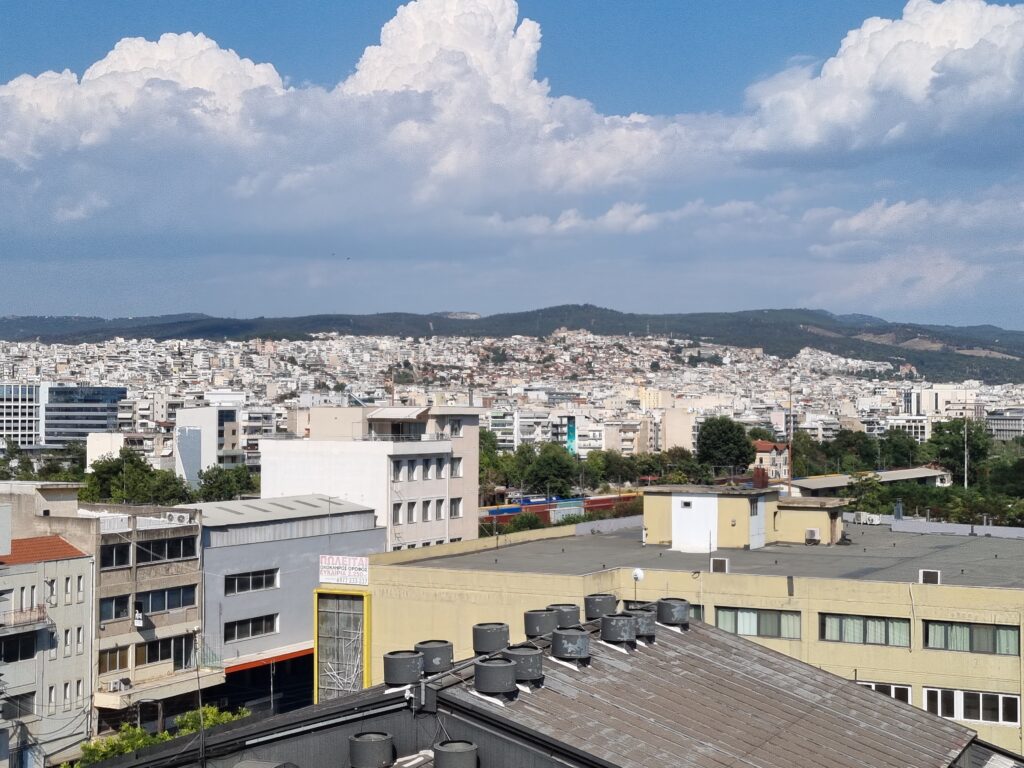
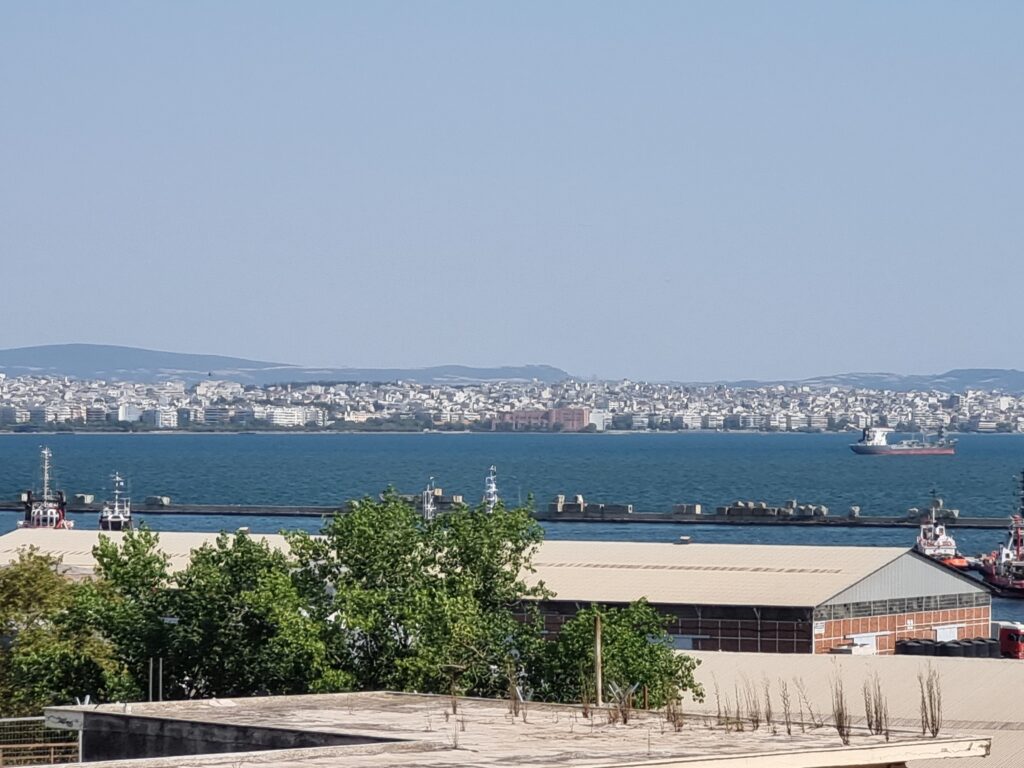
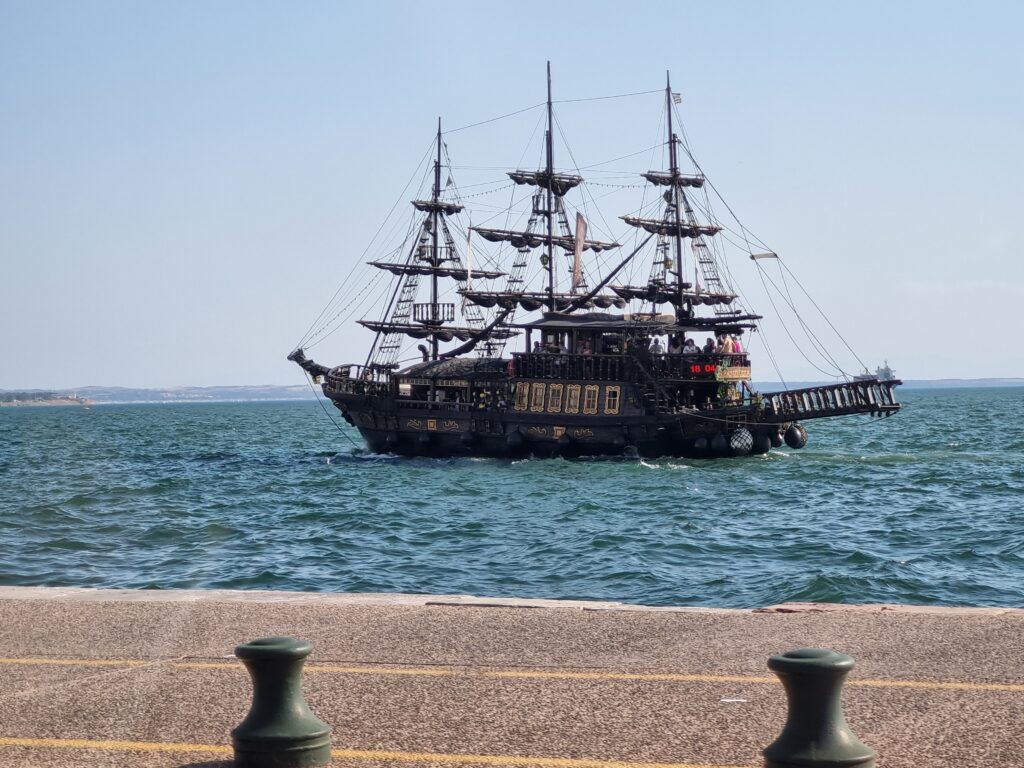
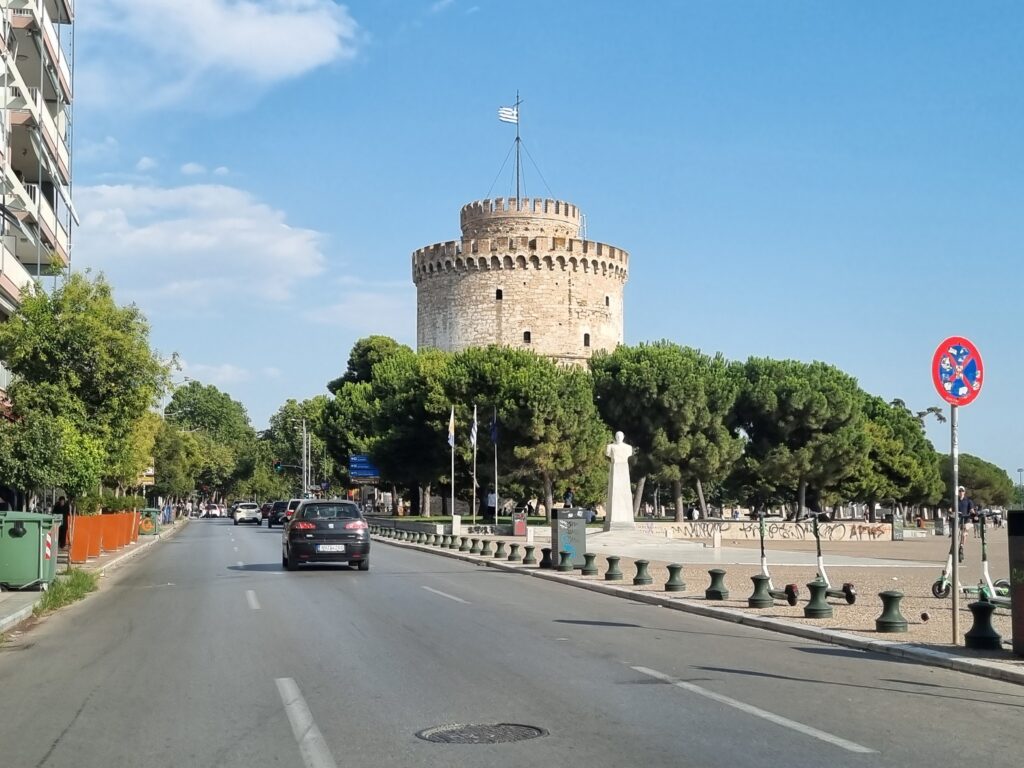
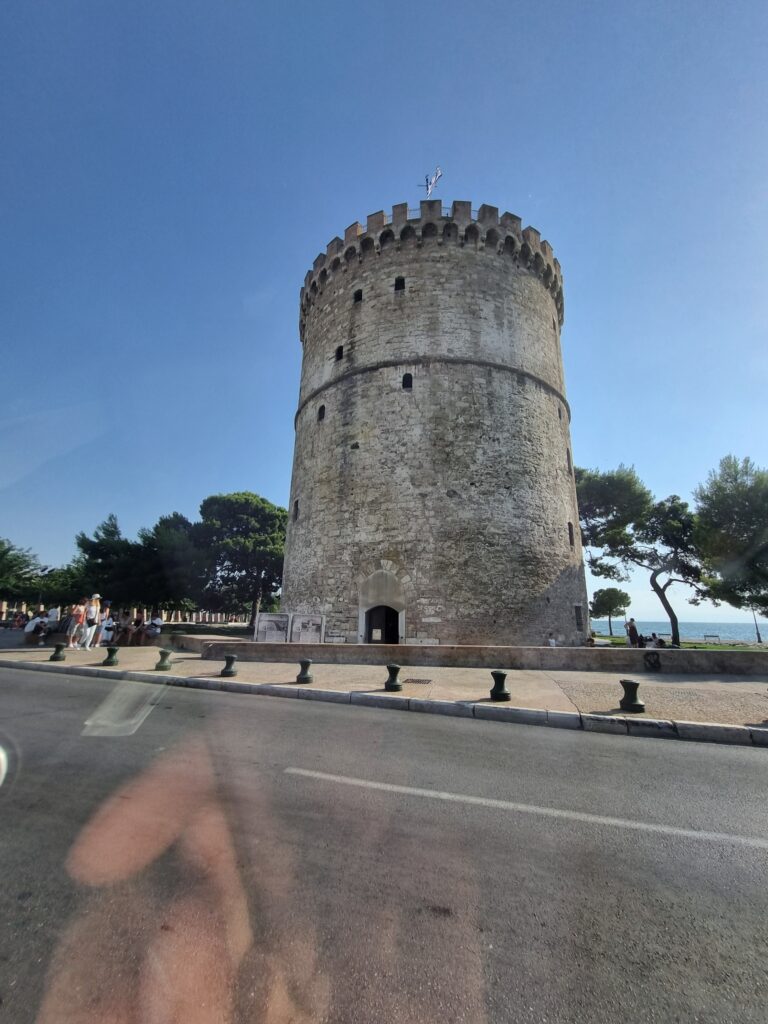
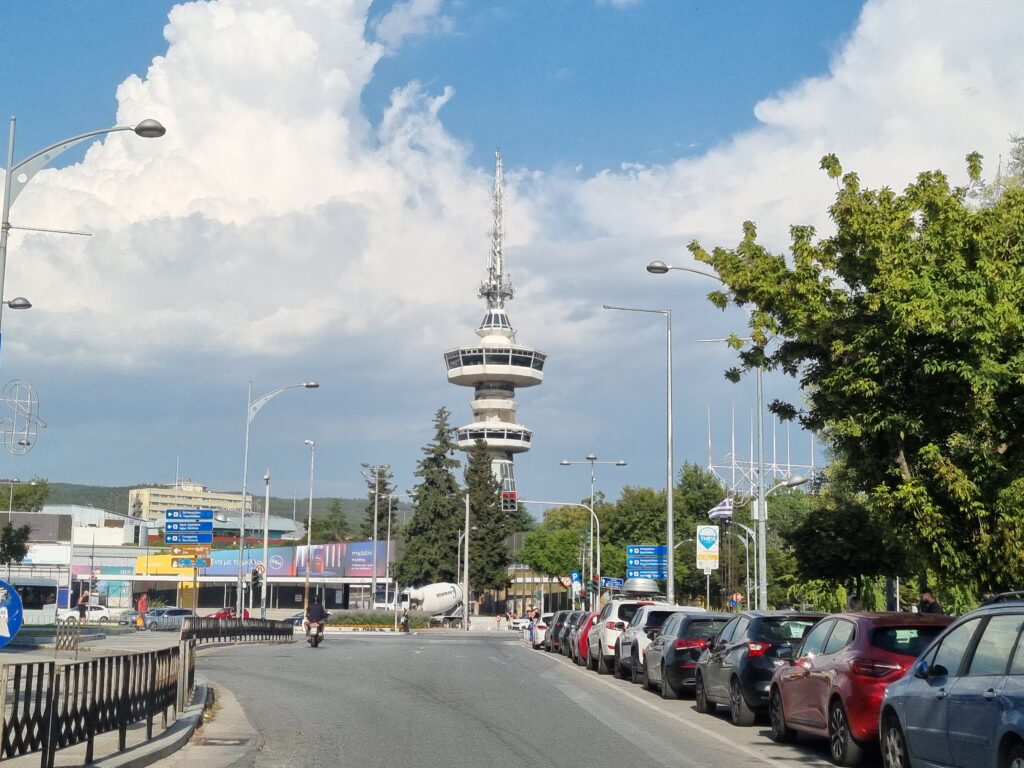
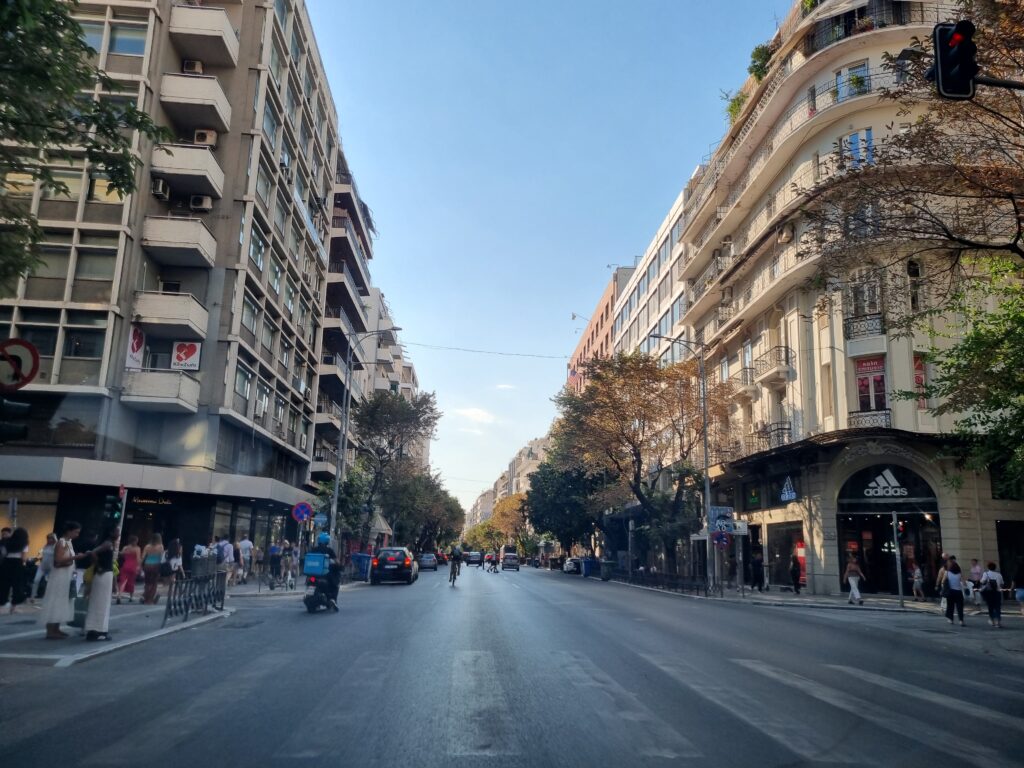
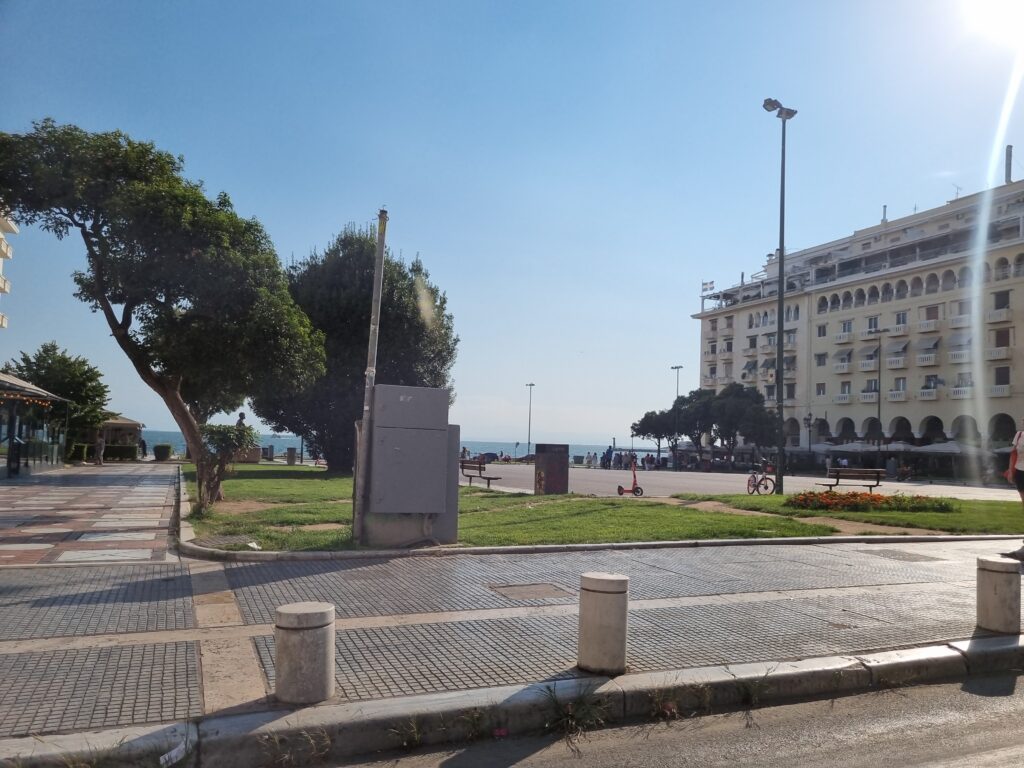
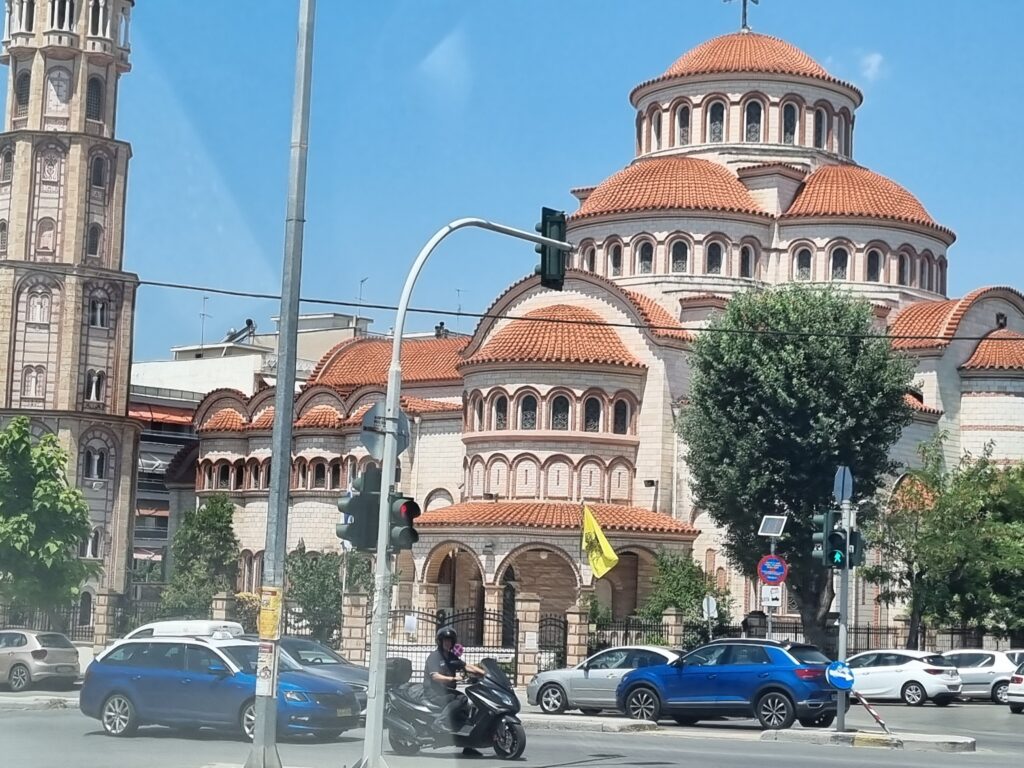
We continued our exploration and drove an hour from Thessaloniki in the countryside to the mineral thermal baths, at a place called “Pozar Thermal Baths.” The journey took us through picturesque landscapes of rolling hills and lush forests, with glimpses of ancient ruins scattered along the way. Nested in the foothills of Mount Voras, the area was renowned for its natural hot springs, whose mineral-rich waters were believed to have therapeutic properties.
The cascading waterfalls and the scent of pine trees filled the air. We had a dip into one of the outdoor pools, the warm water soothing our muscles. The setting was idyllic, with steam rising from the pools and the surrounding rocks covered in green moss. The serene environment was a stark contrast to the bustling city we had left behind, offering a peaceful retreat where nature’s beauty and ancient traditions intertwined.
Later that afternoon, we made our way back to Thessaloniki, our mind filled with the day’s experiences. Our journey to Thessaloniki and the mineral thermal baths had not only been an adventure but a journey through time, connecting us to the ancient past and the serene present. It was a reminder of the timeless allure of Greece, a land where history, culture and nature come together in perfect harmony.
